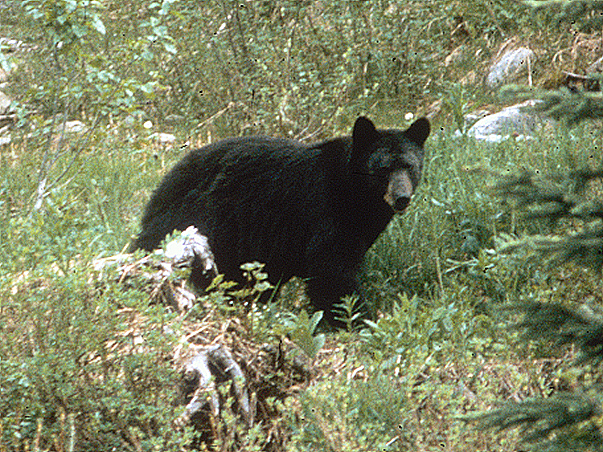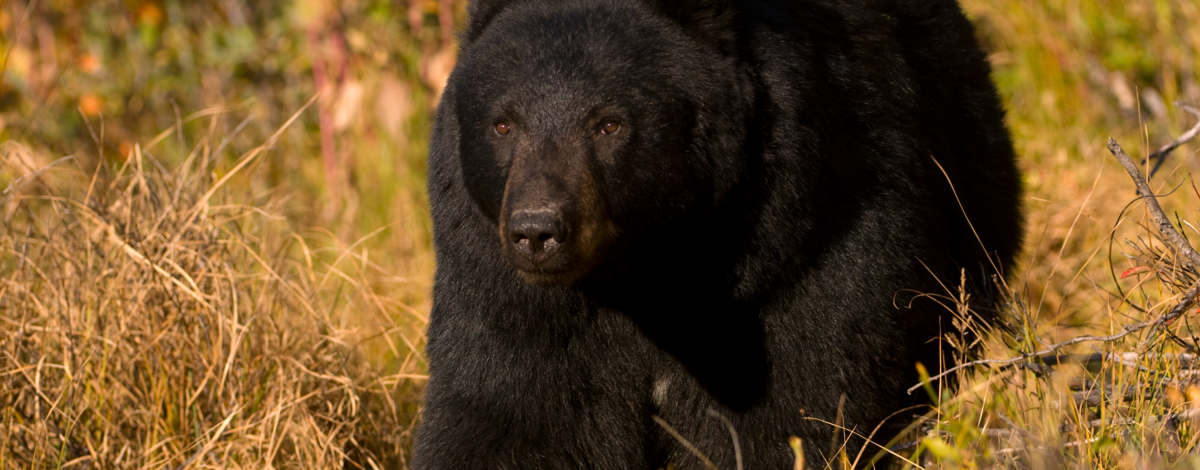With spring black bear hunting season well underway, Idaho Department of Fish and Game reminds hunters that using bait comes with easy to follow rules. Yet each spring, some run afoul with the law when their blunders could easily be avoided.

Here are a few reminders every bear baiter should follow:
Review the rules: “Being a responsible bear hunter starts with carefully reviewing the seasons and rules booklet,” says David Silcock, Fish and Game enforcement supervisor based in Salmon. “Take the time to read the rules and don’t hesitate to contact us if you have any questions.”
Like other hunting seasons, the department is required to follow black bear harvest and hunting methods very closely. Idaho is one of only 12 states that allow hunters to bait for black bear, resulting in high interest from resident and non-resident hunters alike.
All information concerning the 2020 spring black bear seasons can be found in the 2020 Big Game Seasons and Rules Booklet. Print brochures are available online, at most license vendors, as well as Fish and Game offices.
Know your bait: When placing baits, ethical behavior is especially important. Baiting away from trails or other areas where people are likely to frequent is one way to reduce conflicts with other outdoor users.
"Respect must be given to the animals hunted, the land, and other outdoor users anytime you hunt," says Silcock.
Hunters are reminded that certain units are open to use of bait, while others are not. Those who place bait for the purpose of hunting are also required to obtain a bear baiting permit.
"There are simple rules governing what kind of bait can be used, what it’s contained in and where it may be placed,” Silcock added.
Baits must be placed at least one-half mile away from any campground, picnic area or dwelling. No parts of animals or fish that are classified as game animals can be used as bait, and the skin must be removed from any mammal parts or carcasses. All bait containers, materials and any structure constructed at bait sites must be removed within seven days after the close of the season.
“Follow the leave-no-trace motto,” says Silcock. “Pack everything out that you pack in.”
Roads and water: Two common bear hunting violations that Idaho’s conservation officers come across are baits placed too close to water or roads.
No bait site may be located within 200 feet of any water - such as a lake, pond, reservoir, or year-round free-flowing stream or spring. No bait site may be located within 200 yards from any maintained trail or any established roadway; except in the Panhandle and Clearwater Regions, where no bait site may be located within 200 feet from any maintained trail or any established roadway.
An established roadway is defined as any road that is built, maintained, approved, established, or designated by any government entity or private landowner for the purpose of travel by full-sized automobiles. An established roadway shows evidence of repeated use by full-sized automobiles, and may include a traveled way of natural earth with depressed wheel tracks and little or no vegetation in the tracks.
“If you can legally be in an area with a full sized vehicle, then your bait must be 200 yards from that road,” says Silcock. “And if the trail is maintained, then you must be 200 yards from the trail to legally place bait in that location.”
Mandatory harvest report: Successful bear hunters are required to present both the thawed skull and hide to a Fish and Game regional office, conservation officer or official checkpoint for removal of a premolar and have the pelt tagged within 10 days of harvest.
“It just takes a few minutes and the information helps to assess the age structure of the population, which ultimately leads to better management,” Silcock says.
Make the Call: If you observe any suspicious or illegal activity involving any hunting or fishing rule, please contact your nearest Fish and Game representative or call the Citizens Against Poaching Hotline at 1-800-632-5999. The process is simple, quick, and you can remain anonymous.

